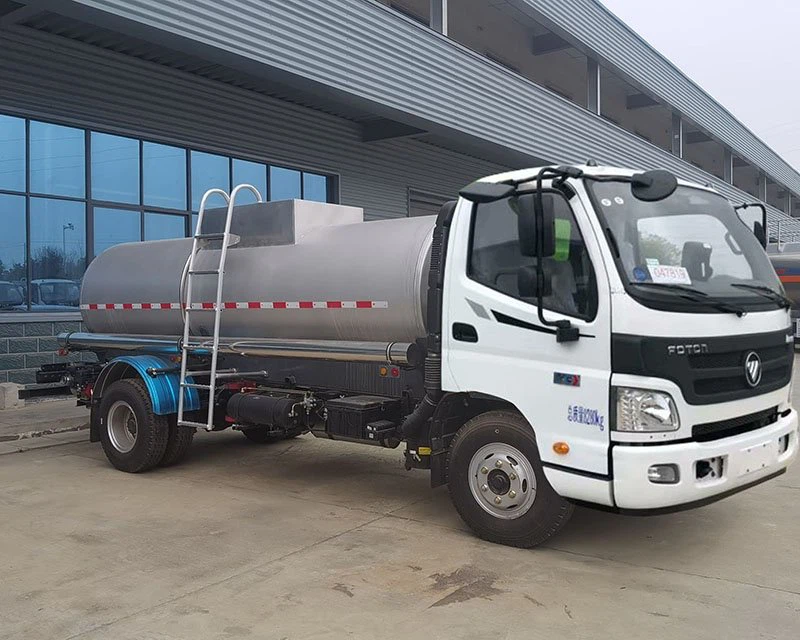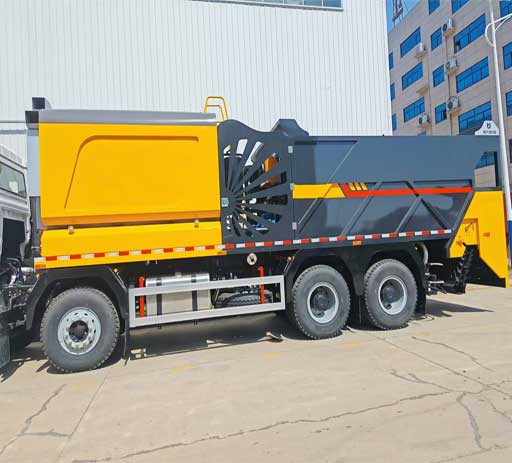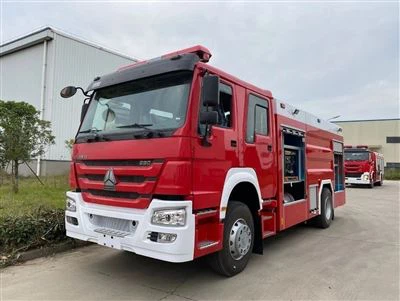Understanding the Crane Operator Cabin: A Comprehensive Guide

Introduction

The crane operator cabin is an essential component of any mobile crane or tower crane. This space is not merely a shelter for the operator but is designed with various features that enhance the efficiency, safety, and comfort of the operator. From ergonomic seating to advanced control systems, the cabin plays a significant role in the operation and maneuverability of cranes on construction sites. In this article, we will explore the key aspects of crane operator cabins, their design, technologies involved, and tips for optimizing safety and performance while operating a crane.
The Importance of a Well-Designed Crane Operator Cabin
A well-designed crane operator cabin is crucial for several reasons:
- Safety: A cabin that provides good visibility and protection improves safety for both the operator and surrounding site workers.
- Comfort: Ergonomic design reduces operator fatigue, increasing productivity.
- Control Efficiency: Properly placed controls enhance the operator’s ability to maneuver the crane effectively.
Key Features of a Crane Operator Cabin
| Feature | Description | Benefits |
|---|---|---|
| Visibility | Large windows and strategic placement | Maximizes situational awareness |
| Ergonomic Seating | Adjustable and supportive seats | Reduces fatigue and increases comfort |
| Control System Layout | Intuitive placement of levers and controls | Improves reaction time and efficiency |
| Climate Control | Heating and air conditioning systems | Enhances comfort in various weather conditions |
| Communication Systems | Two-way radio or intercom systems | Facilitates better coordination on site |
Main Types of Crane Operator Cabins
Mobile Crane Cabins
Mobile cranes feature operator cabins that are designed to be easily transported. These cabins typically include:
- Compact size
- Durable materials for mobility
- Foldable or removable features for transport
Tower Crane Cabins
Tower crane cabins are usually higher off the ground, and their design focuses on:
- Wider field of vision
- Sturdy construction to withstand high winds
- Enhanced communication tools, given the distance from ground level
Example of Mobile vs. Tower Crane Cabins
| Aspect | Mobile Crane Cabin | Tower Crane Cabin |
|---|---|---|
| Height | Lower, adjustable | Higher, fixed |
| Visibility | Limited visibility | Unobstructed view from height |
| Mobility | Highly mobile | Stationary |
Comfort and Ergonomics in Operator Cabins
A crane operator spends many hours in their cabin. Thus, comfort and ergonomics are key considerations:
Importance of Ergonomics
Ergonomics ensures that the operator can work efficiently with minimal risk of injury. Key ergonomic features include:

- Adjustable seating to accommodate different body types
- Controls within arm’s reach to prevent strain
- Footrests and pedals designed for optimal foot placement
Practical Tips for Ergonomic Setup
Above all, a customizable setup promotes comfort. Operators can:
- Adjust the seat height and depth.
- Position the steering wheel for easy access.
- Ensure that all necessary tools are within reach without excessive bending or stretching.
Safety Features and Protocols in Crane Operator Cabins
Safety remains the highest concern when operating heavy machinery. Below is an outline of standard safety features:
Built-in Safety Mechanisms
- Cabs with Roll-Over Protection: This protects operators in case of an accident.
- Safety Glass: Impact-resistant glass windows provide extra security.
- Emergency Stop Controls: Easily accessible to halt operation in emergencies.
Best Safety Practices for Operators
Operators can follow these best practices to ensure a safe working environment:
- Always use seat belts.
- Conduct pre-operation inspections of the cabin and controls.
- Keep communication open with ground crew via radios or signals.
Example of Safety Protocols
| Safety Protocol | Action | Purpose |
|---|---|---|
| Daily Checks | Inspect cabin and controls | Identify any faults before operation |
| Operator Training | Regular training programs | Ensures operators are aware of safety regulations |
| Communication | Use signals and radios | Promotes crew awareness and coordination |
Technology in Crane Operator Cabins
Modern crane cabins incorporate advanced technology to enhance performance:
Control Systems
Modern hydraulic and electronic control systems provide smooth and accurate crane operation. Features include:
- Easier operation with joystick controls
- Multiple settings for different load capacities
- Automated functions for routine tasks
Monitoring Technology
Operators can monitor load, wind speed, and other environmental factors through integrated sensors and displays. Here’s how:

- Displays show real-time data.
- Alerts for dangerous conditions such as overloads or high winds.
- Record and analyze performance metrics for continuous improvement.
Future Trends in Crane Operator Cabin Design
The designs of crane operator cabins are evolving to meet future needs:
Smart Technology Integration
The trend of smart technology means that future cabins will likely include:
- IoT connectivity for remote monitoring and diagnostics.
- AI-assisted controls for increased precision.
- Wearable technology for enhanced safety monitoring.
Sustainable Practices
There is a growing emphasis on sustainable practices in crane operation. Future cabins may feature:
- Energy-efficient designs and materials.
- Recyclable components to minimize waste.
- Design innovations to reduce overall energy consumption during operation.
Frequently Asked Questions (FAQ)
1. What are the primary features of a crane operator cabin?
The primary features include visibility, ergonomic seating, control layout, climate control, and communication systems.
2. Why is ergonomics important in crane operator cabins?
Ergonomics reduces operator fatigue and increases productivity, leading to safer operations.
3. What safety features should a crane operator cabin have?
Safety features include roll-over protection, safety glass, and emergency stop controls.
4. How has technology improved crane operator cabins?
Technology has improved operator cabins through advanced control systems, monitoring technology, and real-time data displays.
5. What trends are shaping the future of crane operator cabins?
Future trends include smart technology integration, enhanced safety features, and sustainable design practices.
6. How can crane operators optimize their cabin setups for better performance?
Operators can adjust seating, ensure all tools are in reach, and maintain good communication with the ground crew to optimize their setup.
